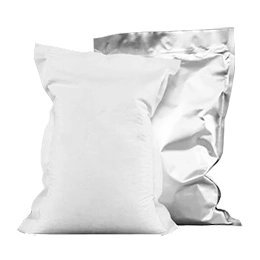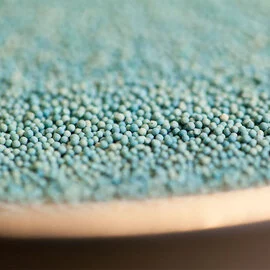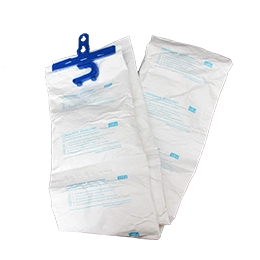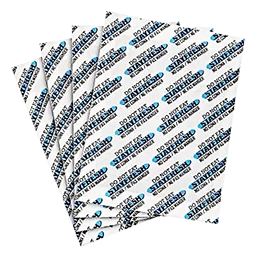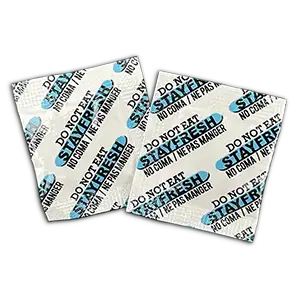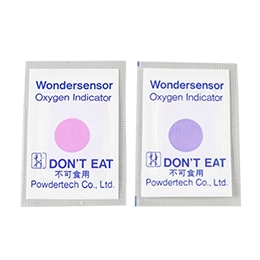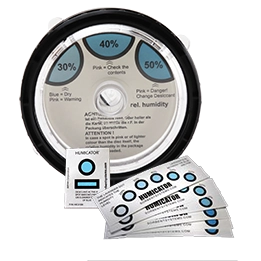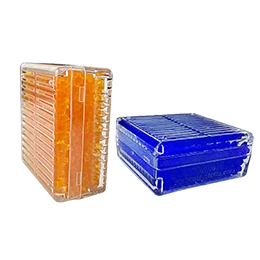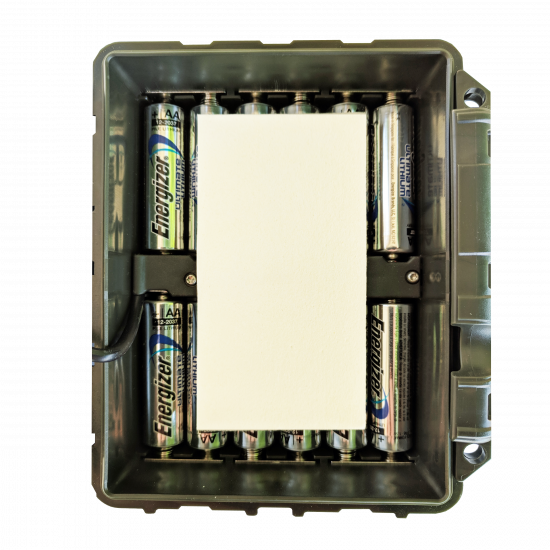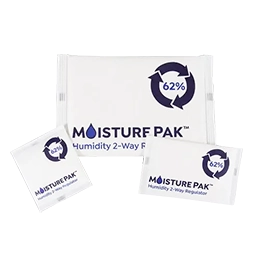Desiccants & Sorbents
A sorbent is a material designed to remove undesirable substances, such as moisture, oxygen or gas, either through adsorption or absorption. Common examples include oxygen absorbers, or oxygen scavengers, which absorb oxygen molecules most typically by way of iron oxidation; and desiccants, which adsorb moisture and/or gas through binding with and trapping the molecules.
Search categories below or speak to our specialists about: indicating silica gel, molecular sieve, gas absorbers, oxygen scavengers, desiccant capsules, clay desiccants, reusable desiccant DriBoxes™, oxygen absorbing packets, non-ferrous absorbers, activated carbon, desiccant paper, and bulk desiccants.
View A-Z list of all Sorbents & DesiccantsWhat Are Desiccants?
Desiccants are a type of sorbent that will remove moisture and water vapor from the surrounding environment, in many cases a Mylar foil bag, tin, drum, glass or other type of sealed enclosure. Desiccant media is a very hygroscopic, sometimes natural solid that is chemically inert which will trap water vapor molecules in its tiny pores or tunnels which prevents them from escaping and thereby keeps products dry.
Types of desiccants that IMPAK Corporation carries include: indicating molecular sieve and non-indicating molecular sieve in a range of pore sizes (3A, 4A, 5A and 10A or 13X). Plain white silica gel, blue indicating silica gel and orange indicating silica gel; montmorillonite clay; activated alumina; activated carbon; calcium oxide and calcium chloride. The type of desiccant that a technical representative will recommend is going to vary by customer specific applications and requirements. For more information:
What Are Oxygen Absorbers?
Oxygen absorbers or oxygen scavengers as they are also known are designed primarily to prolong the shelf life and viability of products that are sensitive to oxidation, rot, color loss and rancidity. By removing the oxygen in an atmosphere we create an anaerobic environment whereby microorganisms cannot live and grow and also preserve the flavor and color of foods and products as well as preventing rancidity in products that have high oil content.
When used correctly, oxygen scavengers can reduce the oxygen level in an enclosed container to 0.01% thereby giving your product the best possible environment to reside in. As temperature and relative humidity (RH) can both affect the performance of the oxygen absorber sachet, please let a us know if your product is not packaged at an ambient temperature and RH (This is generally considered 73ºF and between 50% and 60% RH). For more technical assistance with oxygen scavengers including low temperature/fast acting meat packaging applications:
Interested in Learning More?
Use this desiccant calculator to determine the quantity of desiccant you need. Please note: IMPAK recommends this as a starting point, not as a replacement for speaking with one of our trained specialists.
By comparing the properties and capabilities of each desiccant product, it is possible for you to identify the correct desiccant for your needs and make a clear choice. Use the description and chart on this page to compare desiccants such as molecular sieve, silica, and montmorillonite clay.
When dealing with moisture problems in packaging, a wide array of variables can make it difficult or confusing to develop solutions. These variables can be classified into two main groups:
1) those pertaining to the product, its package, and the environment;
2) the physical and chemical properties of commercially available desiccants.


